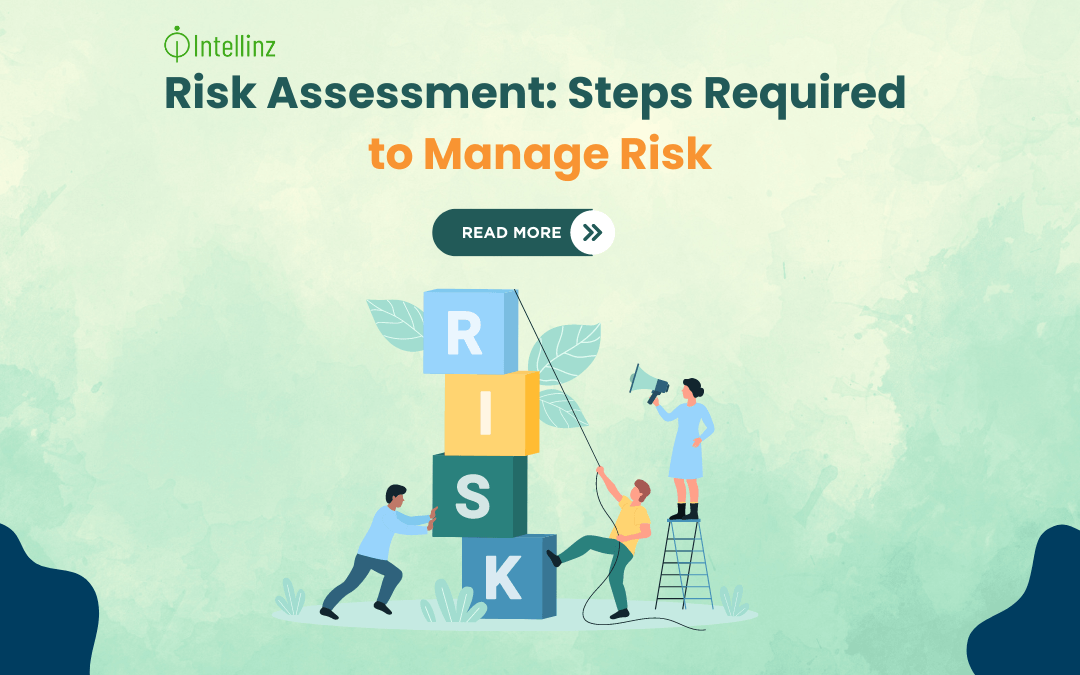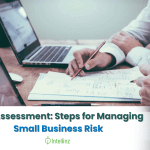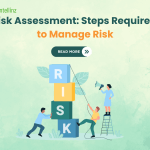In today’s fast-changing environment, businesses face an array of uncertainties that can have a substantial impact on their operations, reputation, and bottom line. There are various and continual potential threats, ranging from technological disruptions to regulatory changes and economic downturns.
Therefore, in such a dynamic world, risk assessment is required for organizations that want to survive in the face of uncertainty and must be able to effectively identify, analyze, and reduce risks.
In this article, we will discuss to you the necessary steps required to manage risk.
Identifying The Risk
You cannot plan for dangers until you know what they are. The precise situations you may encounter will be unique to your organization, but the broad dangers can be divided into two categories: internal and external.
Internal
-Compliance refers to the safety of your physical facility and operational operations.
-Financial: Your internal accounting and fiscal health.
-People – The decisions made by your personnel
External
-Economic – External market factors working on you.
-Government and Policies – Any local, state, national, or international legislation.
-Geography- has an impact on weather, climate, transportation, and other factors.
Evaluate and Rank the Potential Risks
Most technical, data-intensive, and context-specific parts of the Risk assessment process. Only you and your key stakeholders can identify which significant business risks require the most attention and preparedness. You must account for the following possible consequences for each risk:
-People
-Physical Infrastructure
-Technology stack
Furthermore, a cost-benefit analysis would be beneficial because it can throw light on the severity of potential dangers throughout a spectrum. You must assess the level of attention and effort each group receives in various settings. It’s time-consuming, yet necessary for your company’s long-term success.
Construct Your Risk Document
Once your evaluation and rating are complete, you should merge your qualitative and quantitative data to create a single view. We recommend the following set-up:
-Arrange according to risk kind.
-Sort dangers from most to least likely.
-Prepare a reaction for each risk.
These risk assessments should serve as the foundation for all subsequent activities, reactions, and decisions your firm makes when confronted with harmful situations.
Review Your Risks
Even the most prudent business plan frequently omits this phase. Whether or whether your company encountered any risk-related incidents in the previous year, you should review your risk document once a year. This procedure should incorporate elements such as:
-Evaluate the happenings of the preceding year.
-Determine whether any hazards have increased.
-Determine whether any hazards have diminished.
In summary, risk assessment will not benefit you in the long run unless you make the appropriate revisions and account for any changes in your circumstances.
In Summary
Nobody wants to confront any of the risks you included in your risk sheet, but your company will be better served by preparation.
Furthermore, risk assessment is critical for businesses that want to navigate unpredictability and achieve long-term success. Organizations can enhance resilience and ensure business continuity by following the listed procedures and taking a proactive approach to risk management.






